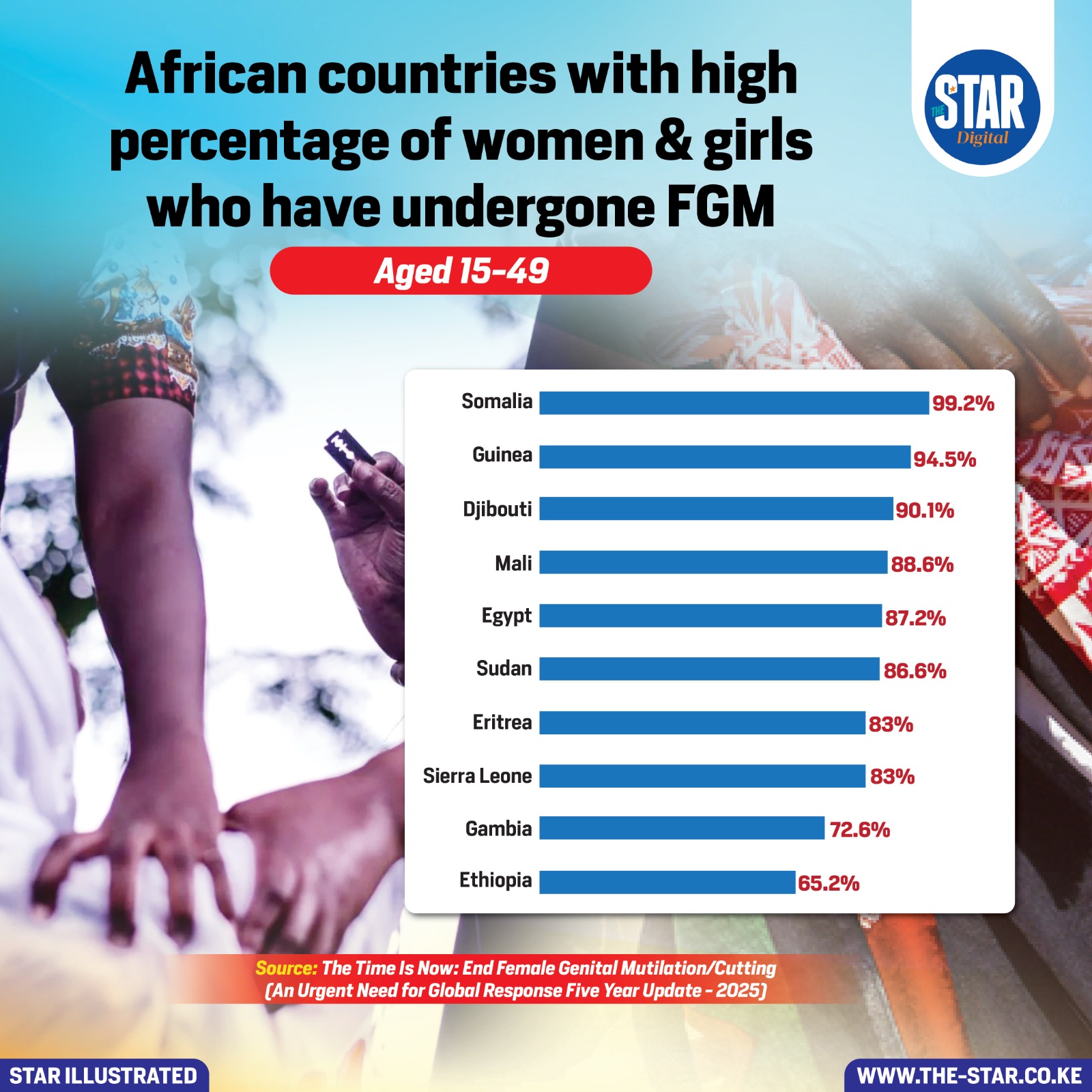
 THE STAR INFOGRAPHIC
THE STAR INFOGRAPHIC
Female genital mutilation/cutting (FGM/C) refers to all procedures involving partial or total removal of the female external genitalia or other injuries to the female genital organs for non-medical reasons.
There are many terms used to describe this practice, including ‘female circumcision,’ ‘female genital cutting,’ ‘khatna,’ ‘sunat,’ ‘sunat perempuan,’ and many other terms or acronyms depending on the specific local context involved.
According to official UNICEF figures (2024), female genital mutilation/cutting (FGM/C) affects at least 230 million women and girls across the world.
This increase of 15% compared to the previously available data (which estimated that FGM/C impacted 200 million girls) is a result of population growth in the communities that practice FGM/C.













